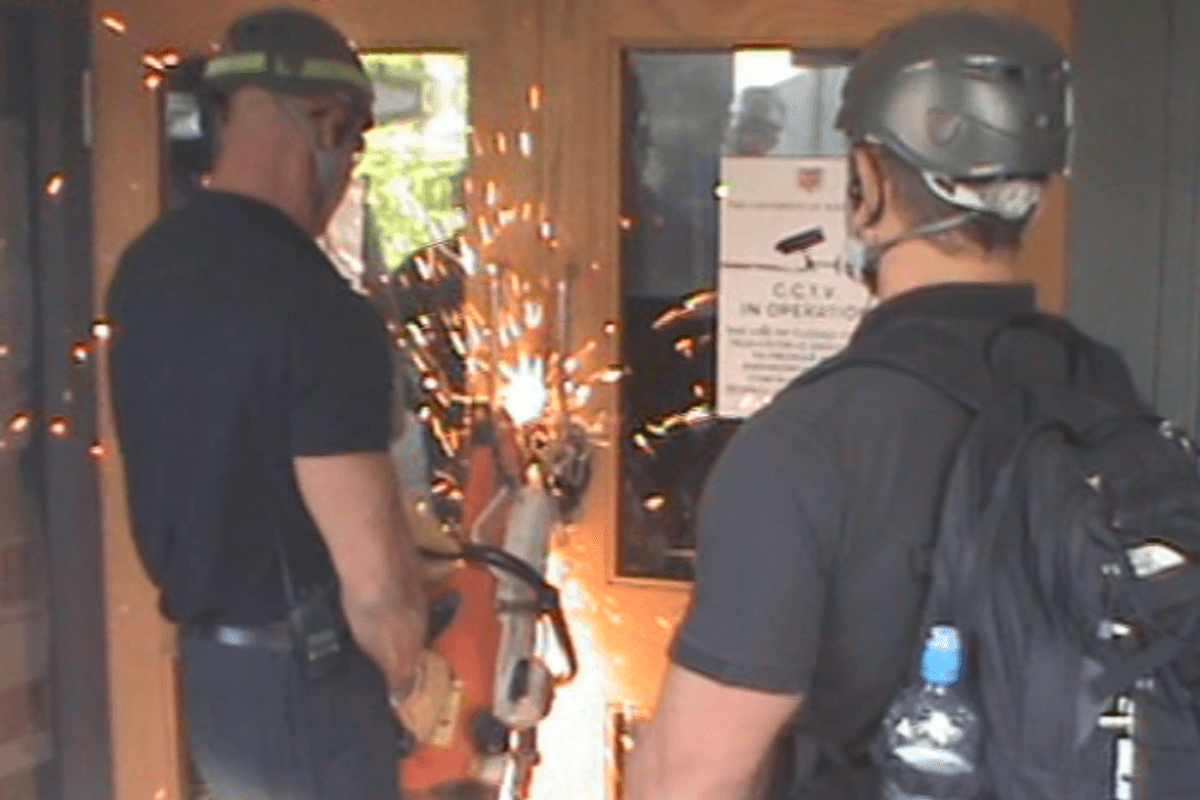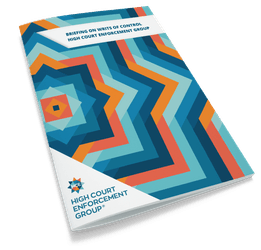Writs of possession to evict persons unknown

A High Court writ of possession against persons unknown instructs the High Court Enforcement Officer (HCEO) to remove the persons from the land or property in question.
A writ of possession may be against trespassers (“persons unknown”) on land or in commercial property – squatters, activists or travellers for example.
Where to start the claim
The vast majority of such possession claims will be started in the county court or via Possession Claim Online (PCOL).
Practice Direction 55A (1.3) states the circumstances which may, in an appropriate case, justify starting a claim in the High Court:
- There are complicated disputes of fact;
- There are points of law of general importance; or
- The claim is against trespassers and there is a substantial risk of public disturbance or of serious harm to persons or property which properly require immediate determination.
Transferring up a possession order
The writ to evict trespassers will be made against “persons unknown” and the county court possession order can be transferred up to the High Court for enforcement without any additional permission required from the court.
The transfer up will be made using form N293A and follows the same process as transferring up a money judgment.
We offer to transfer any case to the High Court free of charge, but there is a court fee to pay for sealing the writ.
Once the writ is sealed, enforcement can commence.
Eviction
At High Court Enforcement Group, we have a thorough and robust process of risk assessment and planning to ensure that every eviction is carried out correctly and effectively to safeguard all involved – the enforcement agents, the police (if attending), the trespassers and the general public.
In most instances in trespass cases, no notice of the eviction is given, as it is not required. Whether one is given will depend on the circumstances of the case. If it is likely to lead the occupiers putting up barricades or draft in reinforcements, then we do not give notice.
Our team and the police, if we have requested their support, meet prior to the eviction to go through the final details of the operational plan. Depending on the circumstances, especially with squatters, we normally enter the premises before the occupants are awake for the element of surprise. With travellers, before they leave the site and go off to work.
We remove all the occupants, giving them time to pack their belongings, and then thoroughly search the site for anyone hiding away with the aim of letting the occupiers back in after we have gone.
We secure the site and return the premises to the owner. As part of the operational planning, we will have considered ongoing security measures to the client to prevent re-entry.
Writ of restitution
If the property owner is unfortunate enough to have trespassers enter again, and it is within 12 months of the execution of the writ of possession, they can apply to the court for a writ of restitution. This is a writ in aid of another writ, which means that the client does not need to start a new possession claim.
Trespassers in residential property
Trespassers in residential property are removed by the Police since squatting in residential property became a criminal offence in 2012 under the Legal Aid, Sentencing and Punishment of Offenders Act 2012.



